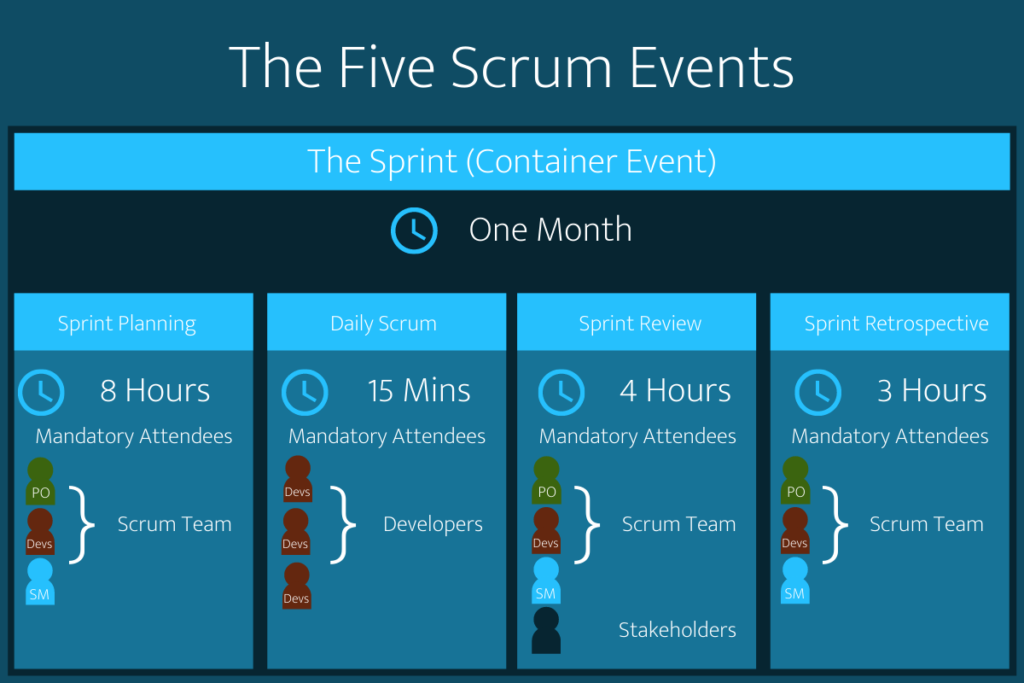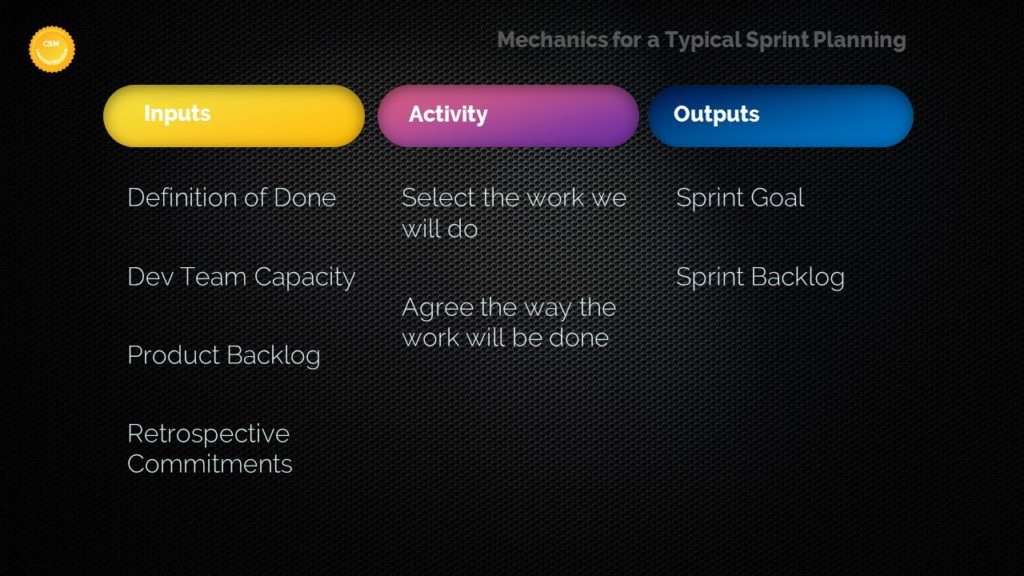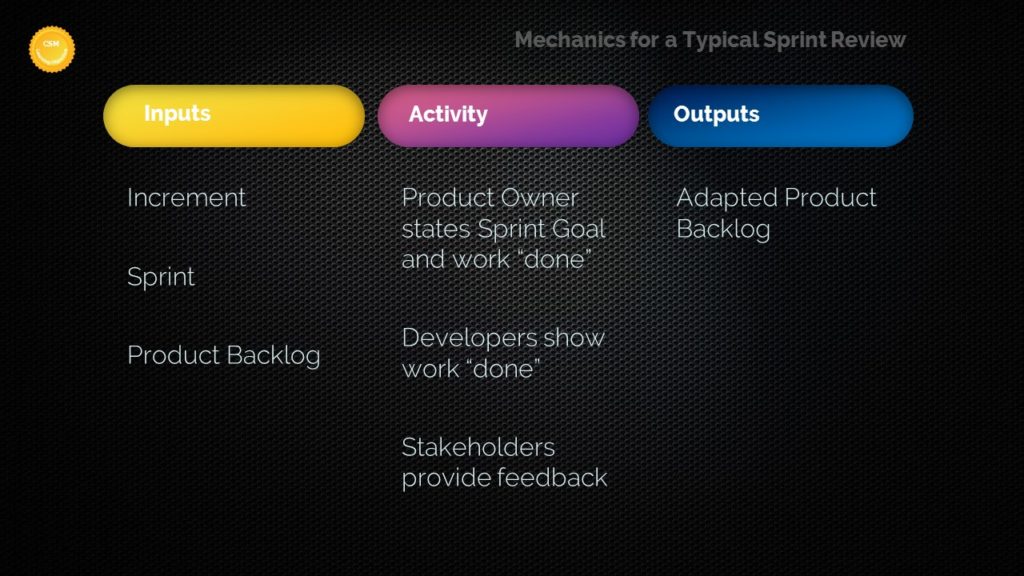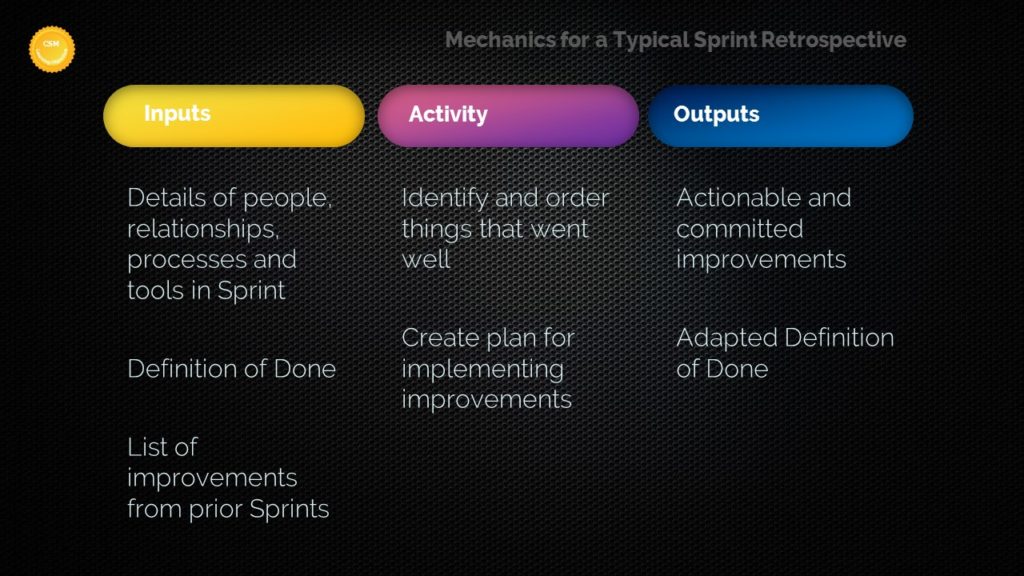A Scrum Event is a meeting. So why don't we just call it that? Why create a new word? Given the poor reputation that meetings have, maybe it's not a surprise. Rather than replicate the name and pain of meetings, the Scrum Events are designed to replace them and be all that you need. The power of the Scrum Events is in the way they're time-boxed and in their purpose. Let's take a closer look.
Meetings Have Always Had a Bad Reputation
Mention the word 'meeting' and a collective shiver races up and down the spine of many. Meetings have, as Elon Musk put it, become the blight of big companies:
Excessive meetings are the blight of big companies and almost always get worse over time. Please get [out] of all large meetings, unless you’re certain they are providing value to the whole audience, in which case keep them very short
Elon Musk
This is not news. Back in the 1970's, John Cleese, he of Monty Python fame, created a series of management videos on the topic of shorter and better meetings. He worked alongside Anthony Jay who wrote this (very long) article on how to run meetings on the Harvard Business Review.
With the poor reputation that meetings had earned, was it any wonder that the authors of Scrum wanted to use a different word? Let's take a closer look at the events.
Time-Boxes
It's worth taking a moment to describe what time-boxes are, as all events have them. A time-box is the maximum amount of time for an activity. We can finish early but we can never exceed a time-box. They exist to encourage focus and reduce waste.
Overview of the Scrum Events
The Sprint
Purpose: Turn ideas into Value
The heartbeat of Scrum, Sprints are fixed length events of one month or less. Of the five Scrum events, the Sprint is a special case as it is a container event. That is, the remaining four events all occur within the Sprint.
There are no gaps between sprints. One starts immediately after the prior one. All the work required to achieve the Product Goal, and all other Scrum events, happen within Sprints.
Sprint Planning
Purpose: Plan the work of the Sprint through the collaborative efforts of the Scrum Team.
The first event within the Sprint is Sprint Planning. As the name suggests, this is when the work of the Sprint is planned. It has a time-box of 8 hours and mandatory attendees consist of the Scrum Team.
Mechanics for a Typical Sprint Planning
Daily Scrum
Purpose: Inspect progress toward the Sprint Goal and adapt the Sprint Backlog as necessary, adjusting the upcoming planned work
As the name suggests, the Daily Scrum is a daily event and has a time-box of 15 minutes. The only mandatory attendees are the Developers who (re-)plan the next 24 hours to increase the likelihood of meeting the Sprint Goal. Note that anyone can attend but only the developers can take an active role.
Sprint Review
Purpose: Inspect the outcome of the Sprint and determine future adaptations
Next up is the Sprint Review which has a time-box of 4 hours and whose mandatory attendees include the Scrum Team and the stakeholders. This event is for collaborating with stakeholders to get feedback on the increment created during the Sprint.
Mechanics for a Typical Sprint Review
Sprint Retrospective
Purpose: Plan ways to increase quality and effectiveness
The Sprint Retrospective has a time-box of 3 hours and requires the mandatory attendance of the Scrum Team. This is where the Scrum Team look for improvements in their processes and collaboration.
Mechanics for a Typical Sprint Retrospective
Summary on the Five Scrum Events
The five Scrum events are all the meetings needed to get the product done. Their design provides the purpose of each event and encourages focus and the reduction of waste.
The Connection Between The Scrum Events and the Agile Manifesto
There is a close correlation between Scrum and the Agile Manifesto. When talking about the values of the Agile Manifesto and the events in Scrum, we might see patterns such as these:
Individuals and interactions over processes and tools. The Sprint Retrospective is where we examine how well the Sprint went with regard to people and processes.
Working software over comprehensive documentation. The Sprint Review is where we assess the current state of the increment.
Customer collaboration over contract negotiation. The Scrum Team regularly meet with stakeholders at the Sprint Review to collaborate on their feedback.
Responding to change over following a plan. Once again, the Sprint Review addresses this by encouraging feedback from the stakeholders and collaborating on any adaptations to the product.
The Scrum events also align particularly well with these two principles of the agile manifesto:
- Deliver working software frequently, from a couple of weeks to a couple of months, with a preference to the shorter timescale In Scrum, this describes the Sprint.
- At regular intervals, the team reflects on how to become more effective, then tunes and adjusts its behavior accordingly In Scrum, this describes the Daily Scrum, Sprint Review and Sprint Retrospective.
The Connection Between The Scrum Events and Empiricism
Scrum is founded upon empirical process control, or empiricism as its usually referred to. Three pillars uphold empiricism: Transparency, inspection and adaptation. The words used for these pillars mean exactly what you think they mean. They have no special meaning within empiricism or Scrum.
The connection between Scrum and empiricism is that the Scrum events are formal opportunities for inspection and adaptation.
Time Spent in the Scrum Events
The events fulfill the needs for any meetings related to the product and are designed to replace other meetings. This is an important element because the Scrum events consume an appreciable period of time.
For this example, let's use a Sprint of one calendar month and an average of 22 working days per Sprint. A quick check of the average working day in the UK gives us 7.5 hours per day. This produces a total of 165 working hours per month.
If we add up the total time spent in Scrum events in a Sprint, we get this:

In summary, for every 165 working hours, we spend up to 20.5 hours in the Scrum events. That's just under three days per Sprint, or 12.5% of the duration of the Sprint. That leaves 87.5% of the Sprint available for creating the increment and we'd win no prizes for eating into that to attend other meetings.
Scrum Event Time-boxes for Shorter Sprints
Published time-boxes for Scrum events are based on a Sprint of one month. It is possible to be working in shorter Sprints though when the events are usually shorter. The Scrum Team makes the decision on how much shorter they should be. For example, most Scrum teams I have worked with used 2-week Sprints and a Sprint Planning event of two hours. This has worked well but, as ever with Scrum, your experience may be different and you should experiment to see what works.
Summary on the Five Scrum Events
Empirical process control is the foundation of Scrum. The pillars of empiricism are transparency, inspection and adaptation. The Scrum events are formal opportunities for inspection and adaptation.
Scrum aligns with the values and principles of the agile manifesto.
Scrum events exist to replace other meetings, not add to them.
In Closing ...
In researching the content of this article, I was reminded that the Scrum events are still, on occasion, called Scrum ceremonies. I was intrigued by this and did further research to understand why. You'll find the outcome in my article titled 'The Fascinating Origin of the term 'Scrum Ceremony'




